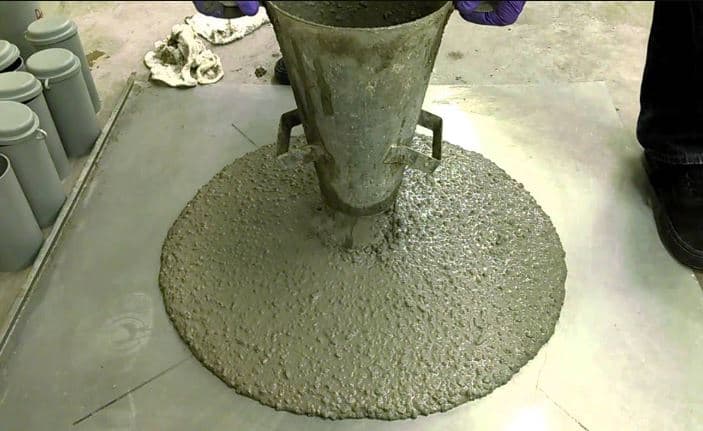
Fresh and hardened properties of lightweight self-compacting concrete containing walnut shells as coarse aggregate
Fresh and hardened properties of lightweight self-compacting concrete containing walnut shells as coarse aggregate
Assist. Lect. Mohammed F. Sahab
College of Engineering / University of Anbar
https://www.sciencedirect.com/science/article/pii/S101836391930563X
Recently the application of self-compacting concrete (SCC) has emerging in construction structures due to its good abilities to improve durability and decrease bleeding with good bonding with rebar. On the other hand, large amount of aggregates is required for the production of SCC. However; replacing natural aggregate in SCC with waste materials can led to discover ecological building materials. Walnut shell (WS) is one of the agriculture waste materials which can be used as a substitution of aggregate in SCC. In this research, WS was used as a replacement of coarse aggregate for constructing SCC by employing ten different volume fractions from 5% to 50% with each increment of 5%. Fresh and hardened properties of SCC were investigated for all mixes and control one. The results showed that all tested properties decreased by increase WS volume fraction. However; the lightweight self- compacting concrete (LWSCC) can get at fraction volume of WS equal and or more than 35%. Where, slump flow diameter (SFD), compressive and bond strengths were 560 mm, 35 MPa and 6.55 MPa respectively achieved at 35% ratio of WS.

This experimental study was conducted for the production of SCC containing WS as a replacement of gravel in different volume ratios. The LS as a replacement of 50% of sand was used for producing eco-friendly SCC structural material to decrease in wastes quantity on the public landfill. The fresh and hardened properties had been investigated and extracted results for SCC, however; on the basis of such results, following conclusions had been drawn:
- In this research, the results of workability of SCC by using WS were decreased by increasing volume fraction of WS. According to specification EFNARC (2005), values of T50 for all mixes with WS satisfy the requirement for viscosity class VS2/VF2. Whereas, all the other test values did not confirm requirement EFNARC (2005). SFD values of mixes with WS volume more than 35% are less than the minimum limit of EFNARC. V-funnel values of mixes with WS less than 50% volume satisfy viscosity class VS2/VF2 requirement of specification EFNARC (2005). L-box (H2/H1) values of mixtures with WS more than 25% volume are not confirm EFNARC requirement.
- The compressive strength of SCC decreased with utilizing WS particles. The smallest value is 26 MPa for mix with 50% volume WS, which is more than the minimum limit of compressive strength for structural lightweight concrete according to ASTM (2004).
- The dry and fresh density of SCC decreased with usage WS particles. It can get lightweight SCC for mixes contain WS equal and more than 35% volume ratio.
- The UPV values of SCC decreased with using WS particles. These values indicate that SCC has good quality for reference mix and mixes contain WS less than 40% volume. While SCC of other mixes with WS equal and more than 40% volume has medium quality according to their UPV values.
- The bond strength of SCC reduced with utilizing WS particles. The maximum value is 13.16 MPa for reference mix and the minimum one is 3.56 MPa for mix contains 50% volume of WS. When WS volume is 35%, the bond strength decreased to 50% of reference mix. It finds a linear relationship between relative bond strength and WS ratio for available experimental data.
- It obtains empirical equations that related the tested properties with WS ratio and associated between different tested properties. All these equations have coefficient of determination (R2) more than 0.9 which make them useful in finding the suitable WS ratio for required fresh and hardened properties of SCC contain WS particles.
- The obtained results obviously shows that optimum volume ratio of WS is 35% for getting lightweight structural SCC with appropriate fresh and hardened properties. So, the production of sustainable SCLWC can be attained through this recent study which can save approximately 35% of natural coarse aggregate and reduce the weight of SCLWC’s structures.



.png)